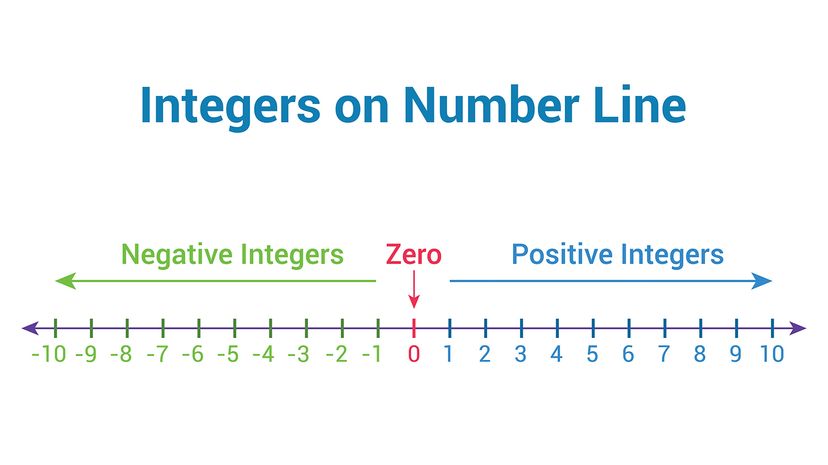The primary properties of integers include the following:
1. Closure Property
The set of integers is closed under addition and multiplication, meaning that the sum or product of any two integers is also an integer.
2. Associative Property
In integer addition and multiplication, the way in which numbers are grouped does not change the result. Here are two examples.
(a + b) + c = a + (b + c)
and
(a x b) x c = a x (b x c)
3. Commutative Property
The order of integers in addition and multiplication does not affect the result. Here are two examples.
and
4. Distributive Property
Multiplication distributes over addition for integers, meaning:
a x (b + c) = (a x b) + (a x c)
5. Additive Inverse Property
Every integer a has an additive inverse –a such that:
6. Multiplicative Inverse Property
Every nonzero integer a has a multiplicative inverse 1/a, but since 1/a is typically not an integer, this property mostly applies to rational numbers.
7. Identity Property
The identity element for addition is 0, since a + 0 = a. The identity element for multiplication is 1, since a x 1 = a.
We created this article in conjunction with AI technology, then made sure it was fact-checked and edited by a HowStuffWorks editor.
